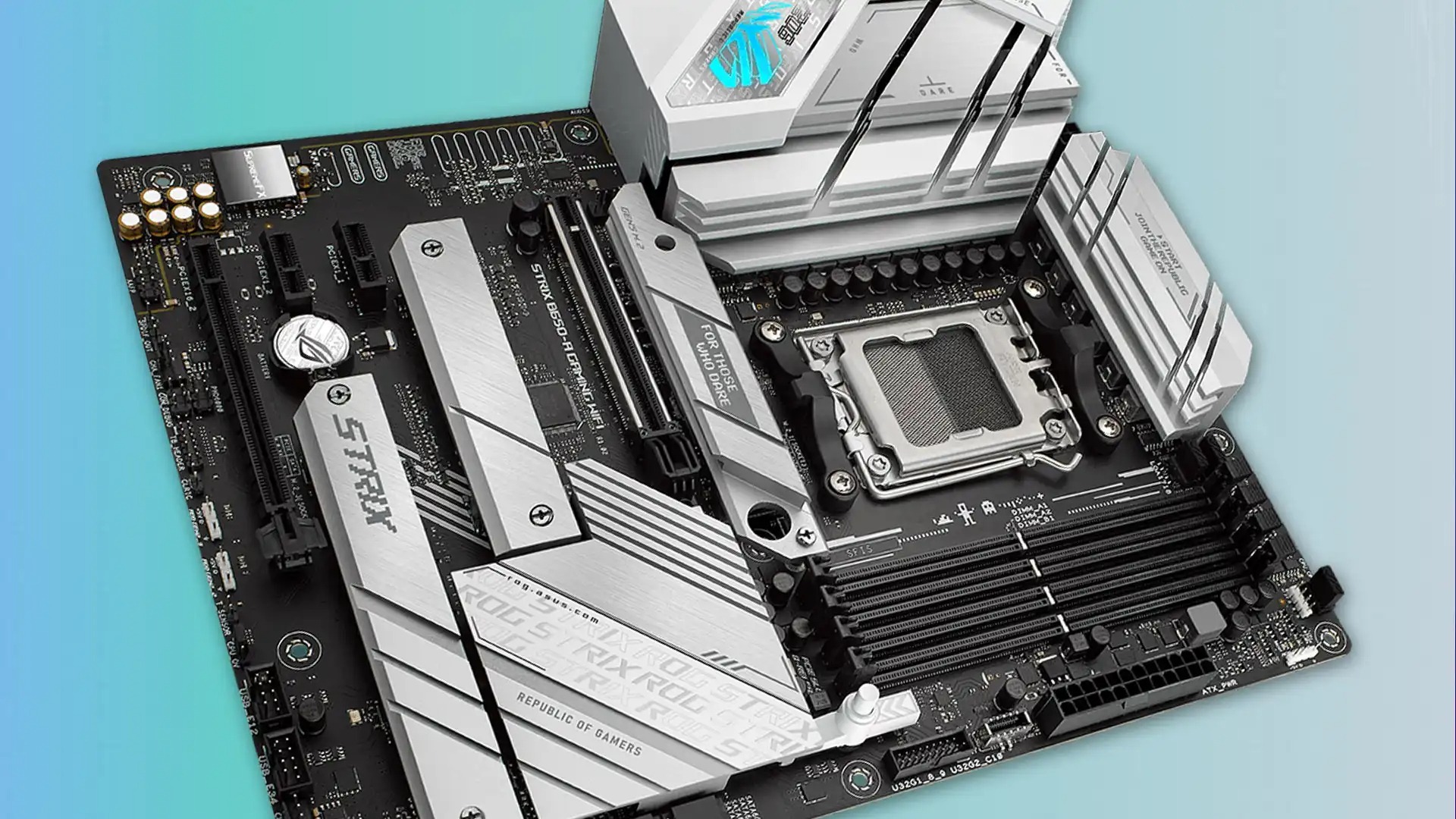Identifying the motherboard in your computer is often necessary for upgrading your system, troubleshooting, or simply satisfying your curiosity. The motherboard is the central hub where all other components connect, and knowing its make and model can be crucial for ensuring compatibility with hardware upgrades. This guide will show you several methods to determine the exact motherboard you have without cracking open your computer case.
Using System Information Tools
Your operating system has built-in tools that can provide details about your motherboard. These tools are readily accessible and require no additional software installation.
Accessing System Information on Windows
On a Windows PC, you can quickly find your motherboard information by using the ‘System Information’ utility. Press ‘Windows Key + R’ to open the ‘Run’ dialog box, type ‘msinfo32’, and press ‘Enter’. This action opens the ‘System Information’ window. Here, look for ‘BaseBoard Manufacturer’, ‘BaseBoard Model’, and ‘BaseBoard Name’ entries under the ‘System Summary’ section.
Checking System Profiler on macOS
Mac users can utilize the ‘System Information’ or ‘System Profiler’ utility to find motherboard information. Click the Apple logo on the top left of the screen, press ‘Option’, and then click ‘System Information’. Under the ‘Hardware’ section, you will see a ‘Model Identifier’ that corresponds to the motherboard in your Mac.
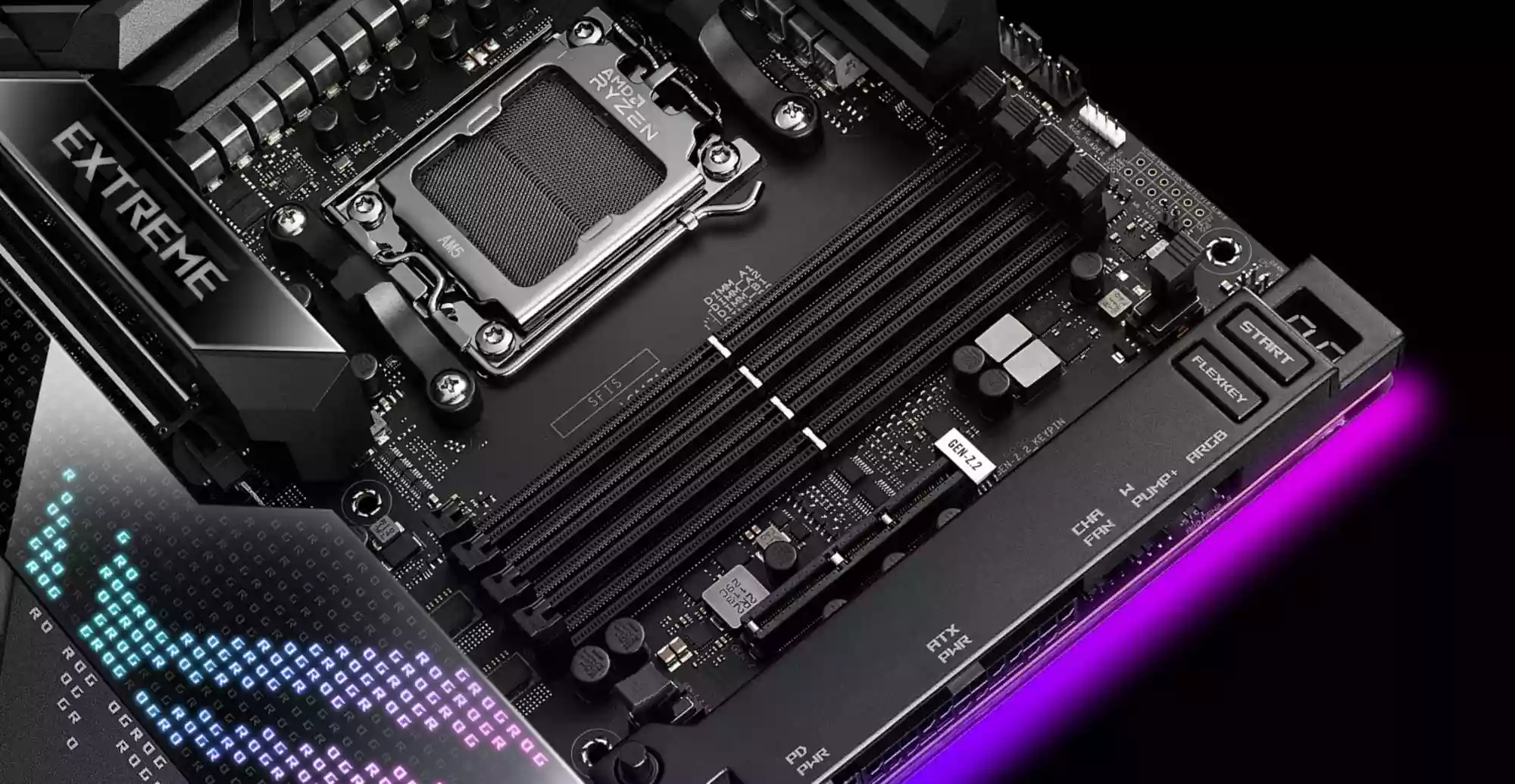
Leveraging Command Line Interface
The command line interface (CLI) is a powerful tool that can help you uncover detailed information about your computer, including the motherboard model.
Using Command Prompt in Windows
In Windows, open the ‘Command Prompt’ by typing ‘cmd’ in the search bar and hitting ‘Enter’. In the command window, type ‘wmic baseboard get product,Manufacturer,version,serialnumber’ and press ‘Enter’. A list of details regarding your motherboard will display, including the manufacturer, product, version, and serial number.
Utilizing Terminal in macOS
On a Mac, open the ‘Terminal’ application found in the ‘Utilities’ folder. Type the command ‘ioreg -l | grep board-id’ and press ‘Enter’. The Terminal will return the board identifier string which, in conjunction with online resources, will tell you the specific motherboard model used in your Mac.
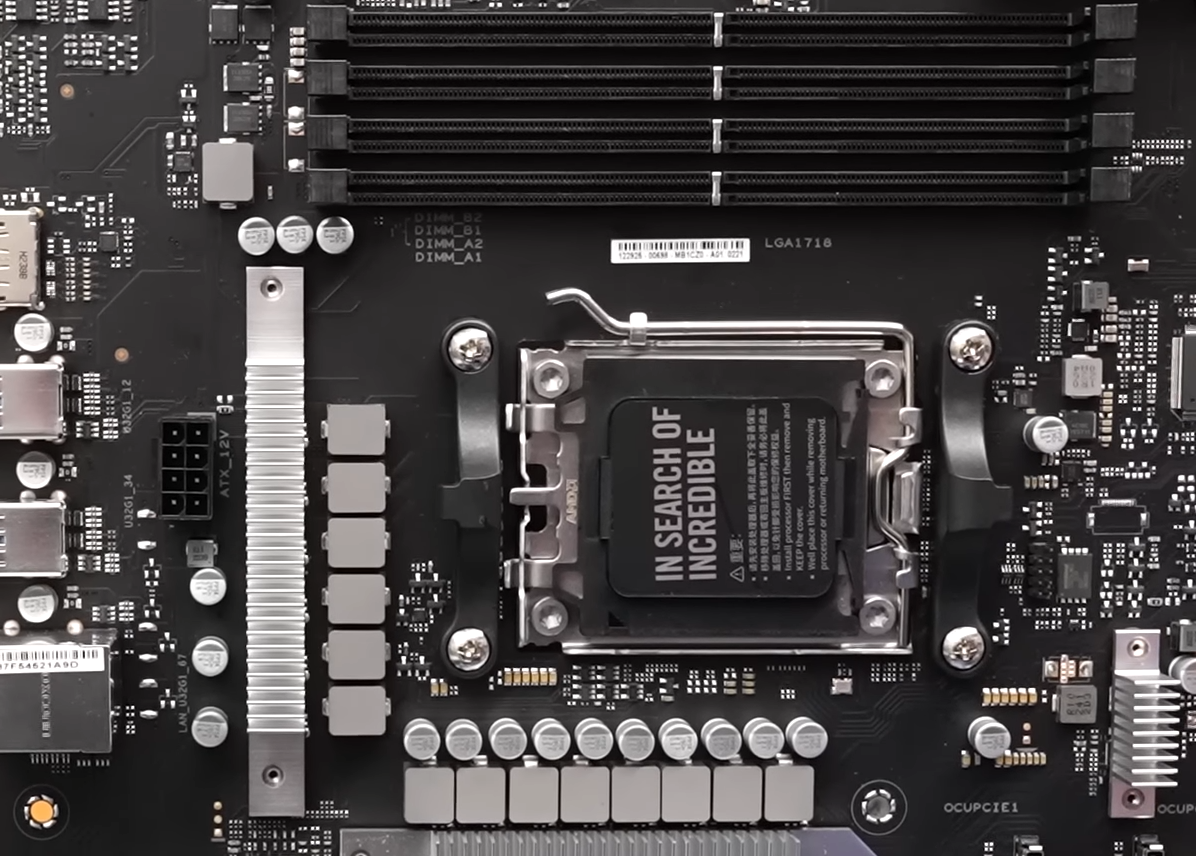
Checking Through BIOS or UEFI Firmware
The BIOS or UEFI firmware often contains information about the motherboard. Accessing it requires restarting your computer and can vary slightly depending on your system.
Accessing BIOS Information
Restart your computer and press the key to enter the BIOS or UEFI interface, often ‘Delete’, ‘F2’, ‘F10’, or ‘Esc’. Once in the BIOS or UEFI interface, navigate to the ‘Main’ or ‘System Information’ tab where the motherboard model and manufacturer are typically listed.
Modern PCs with UEFI firmware provide a more user-friendly interface. After entering UEFI settings, you should find a ‘System Information’ section where the motherboard details are located. The exact location may vary between different UEFI firmware, so you may need to explore the interface a bit.
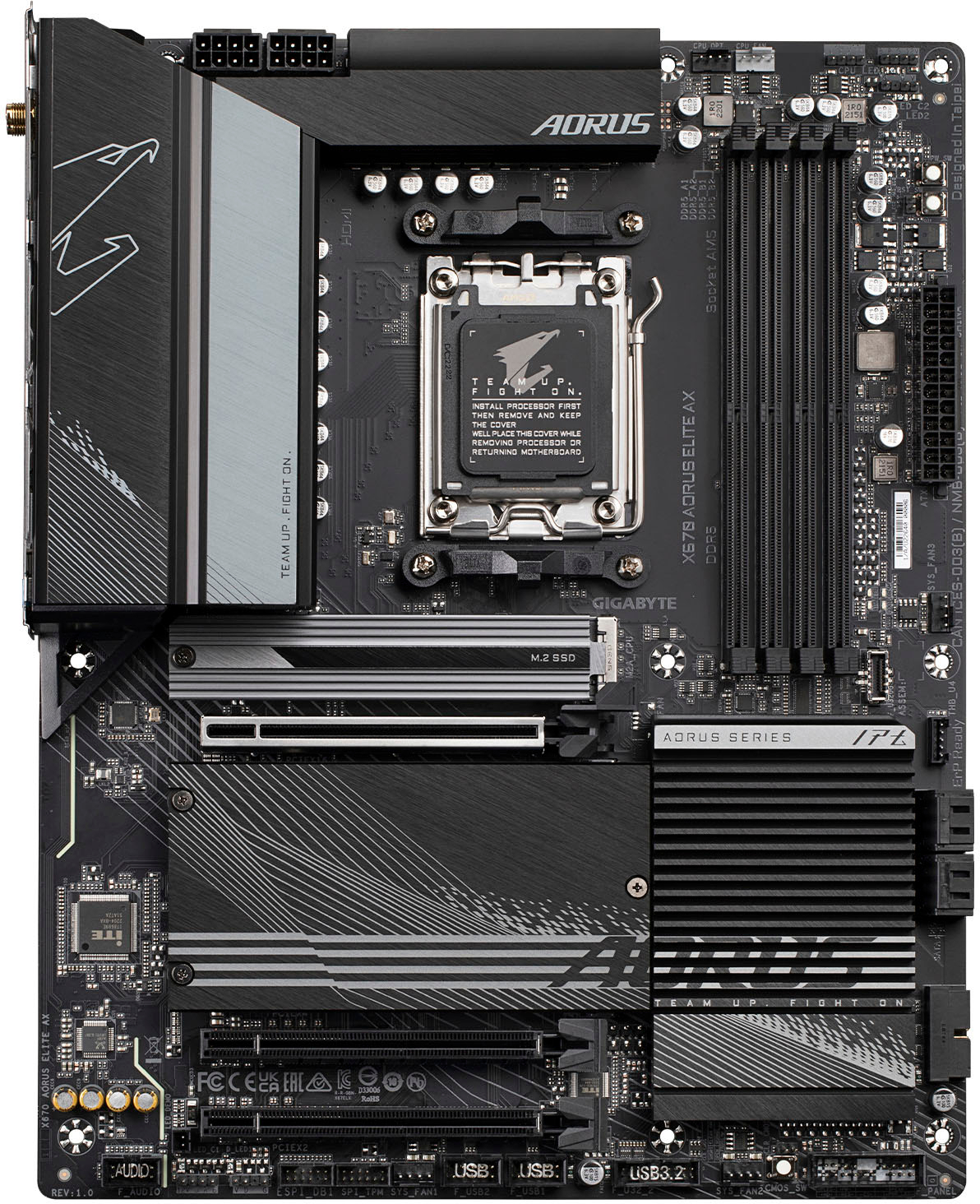
Physical Inspection of the Motherboard
If software methods do not yield results or you prefer a hands-on approach, physically inspecting the motherboard will often give you the information you need.
Locating the Motherboard Model on the PCB
Turn off and unplug your computer, and open the case. On the motherboard, look for the model number printed on the PCB, typically in large text around the center of the board. The manufacturer’s logo is often prominently displayed as well.
Checking Printed Documentation or Packaging
If you still have the original documentation or packaging that came with your motherboard, you can find exact model information there. Always keep these materials in a safe place, as they can be invaluable for reference and warranty purposes.
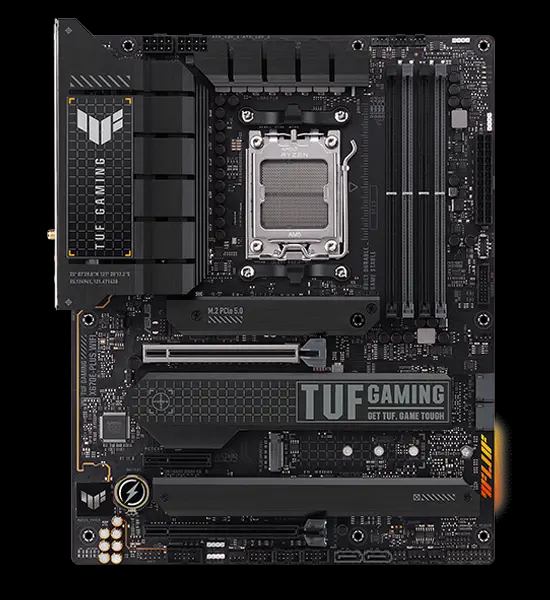
Utilizing Third-Party Software Solutions
For those who prefer a more user-friendly interface with additional details, third-party software can be a great solution. These applications often provide comprehensive system information, including detailed reports on your motherboard.
Downloading Reliable System Analysis Tools
To begin, download a reputable system analysis tool such as CPU-Z, Speccy, or HWiNFO. These programs scan your system and provide detailed information, not just about your motherboard, but also about other hardware components. Install and run the application, then navigate to the motherboard section to find the necessary details such as the manufacturer, model, chipset, and even the BIOS or UEFI firmware version.
Benefits of Using Dedicated Software
Third-party applications often offer more than just hardware specifics; they can provide insights into system performance, temperatures, fan speeds, and more. This can be especially helpful when you’re managing system resources, troubleshooting, or overclocking. Always ensure you’re downloading such tools from the official website or a trusted source to avoid any security risks.
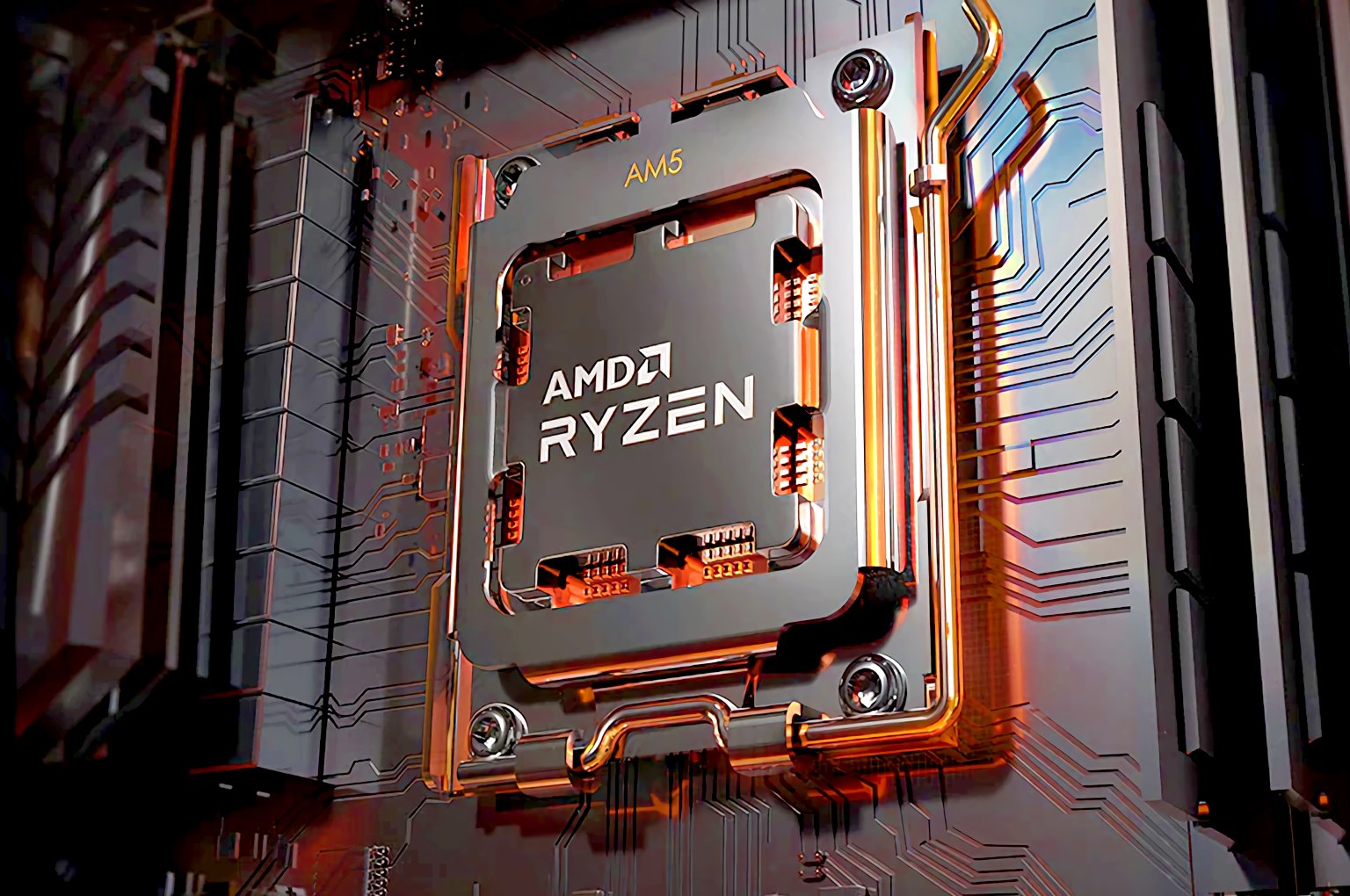
Tips for When You’re Unable to Determine Your Motherboard
Sometimes, the above methods might not yield the desired results due to various factors like system limitations or privacy settings. If this happens, there are still a couple of options you can explore.
Contacting Manufacturer Support
If you’ve tried all software and physical methods but still can’t identify your motherboard, consider reaching out to the manufacturer’s customer support. They can often help determine the model based on your system’s serial number or other identifying information. Keep your computer’s purchase details and any existing warranties on hand to facilitate this process.
Consulting Forums and Online Communities
Tech forums and online communities like Reddit’s r/buildapc can also be a rich source of information. Experienced users and enthusiasts can often provide assistance in identifying a motherboard based on a description of its features, components, and any visible markings you can provide. Always remember to share only non-sensitive information to maintain your privacy and system security.
Maintaining a Record of Your Hardware
Once you have successfully identified your motherboard, it’s a good practice to maintain a record of your hardware specifications. This can save time for any future upgrades or troubleshooting and is also useful for maintaining an inventory of your system’s components.
Creating a Digital or Physical Log
Document the make, model, and serial number of your motherboard, along with other hardware components, in a digital spreadsheet or a physical notebook. Include purchase dates, warranty periods, and any upgrade notes. This log will serve as a quick reference guide whenever you need to recall specific details about your system.
Updating the Record with Any Changes
Whenever you upgrade or replace components in your system, update your records accordingly. This ongoing documentation will not only help you keep track of your current setup but will also be beneficial if you decide to sell your components or need to validate your warranty.
Identifying Your Motherboard with Ease
Realizing which motherboard is at the heart of your computer is as insightful for a PC aficionado as knowing the specifications of a Pixel 3 XL used when purchasing a pre-owned smartphone. Whether you aim to upgrade, troubleshoot, or satiate your curiosity, a plethora of techniques are available to discern your motherboard’s brand and model. Employing software tools, executing command-line instructions, navigating firmware interfaces, or conducting a hands-on examination are all viable routes to this end. Elect the approach that aligns with your preferences and attain the understanding requisite to interact with your system as adeptly as one would with the features of a Pixel 3 XL used.
